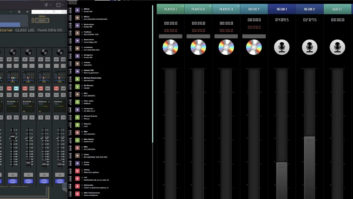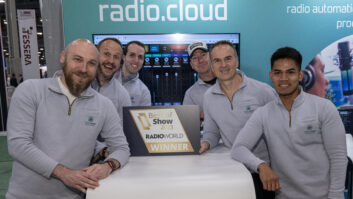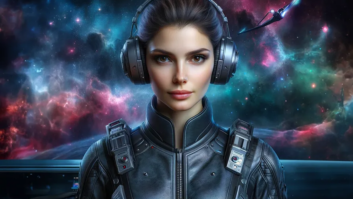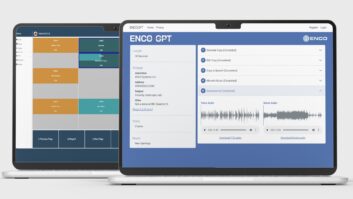LOS ANGELES � I should not use clich�s, but two come to mind: �We�ve come full circle� and �the more things change, the more they remain the same.� I�m referring to some interesting thoughts and ideas about �the cloud� from a recent article in rcrwireless.com.
IoT devices can generate a tremendous amount of data, and the cloud has played a pivotal role in managing this data. However, as the distance between the cloud and IoT devices increases, so does the transmission latency. Consequently, edge computing, which shortens the distance between the cloud and devices by situating an edge server between them, has seen increasing use as a way to mitigate latency issues. �As a result, many are wondering if edge computing is weeding out the cloud,� according to the article.
Issues related to network performance will need to be addressed, but abandoning �the cloud� entirely probably won�t happen, since it can still be used, at the very least, for data storage services, especially by media and entertainment services. �It can also be used to store and share data produced by IoT devices to be reviewed by stakeholders,� according to the same article, which also goes on to say that the use of smaller data centers or disaster recovery sites could decrease economies of scale and make operations less efficient.
Data stored in edge computing devices may be lost if the device is corrupted, and so it may be beneficial for companies to store data somewhere other than the edge of a network. �Rather than one weeding out the other, cloud and edge computing can be regarded as two complementary data management processes. With a hybrid approach, each method can be used to compensate for the other�s blind spots, allowing enterprises to reap the benefits of both worlds.�
�











